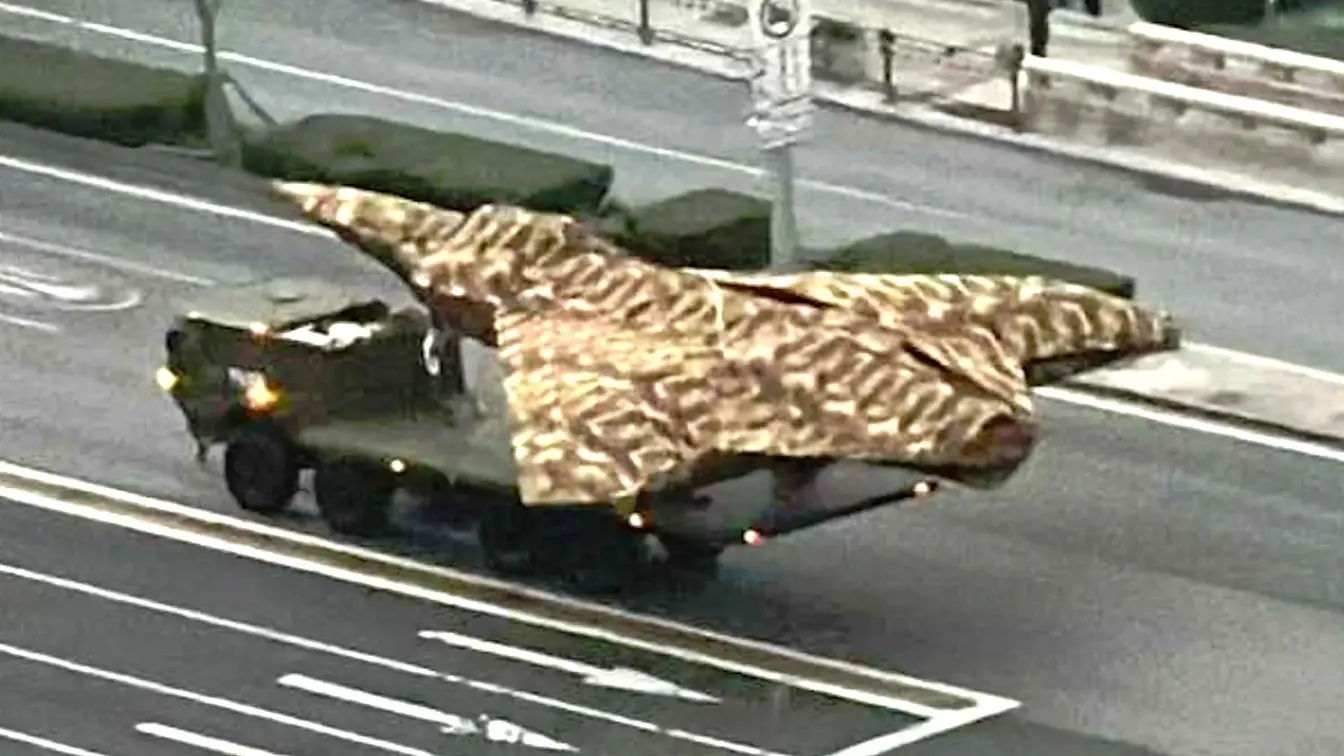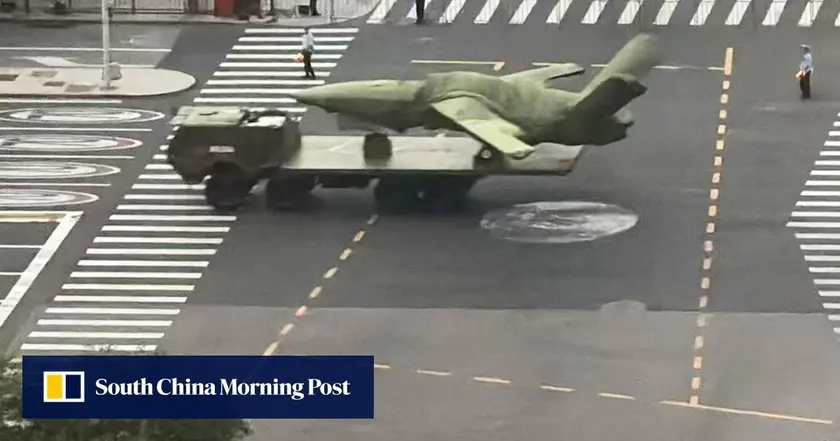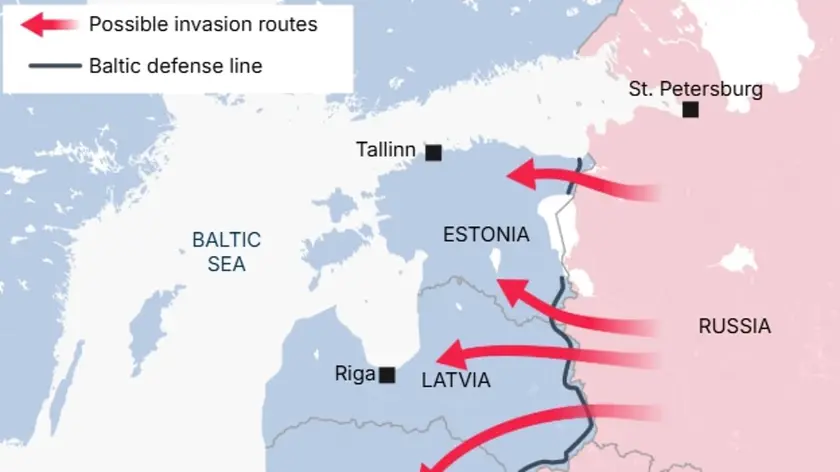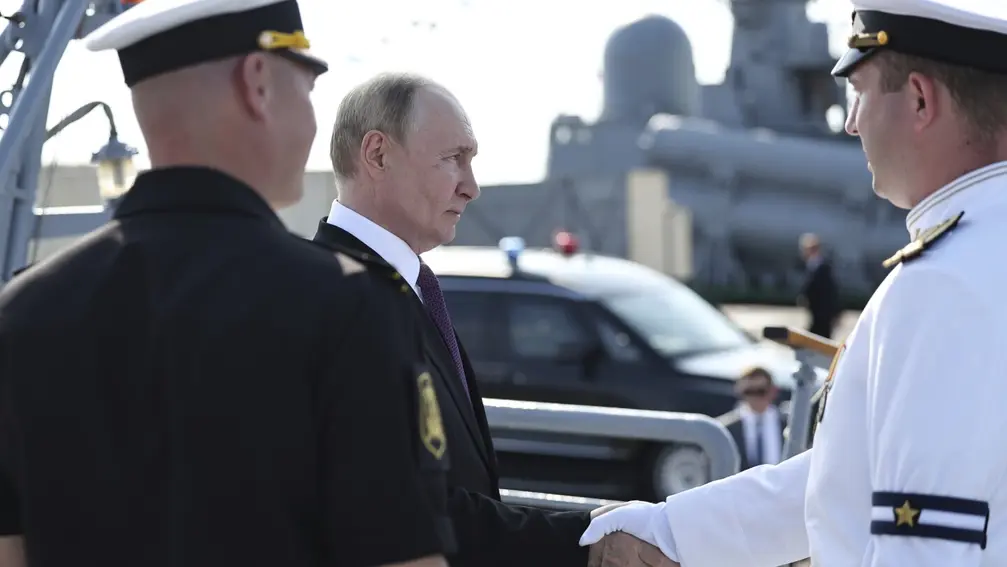T4K3.news
China unveils new air combat drones ahead of parade
Beijing shows multiple autonomous drone designs and missiles as part of a major public display on September 3, with uncertain readiness and broad signaling implications.

A suite of autonomous drones and other advanced weapons will be on public display as China marks a major parade.
China Reveals New Air Combat Drones Ahead of Military Parade
Satellite imagery and official channels point to a broad display of unmanned systems at Beijing named events. At least five different loyal wingman drones, plus other unmanned combat air vehicle designs and a GJ-11 style stealth airframe, are expected to feature in the parade. Some designs resemble known foreign concepts such as the FH-97 and XQ-58A, while others appear more obscure, suggesting multiple development paths within China’s CCA and UCAV programs. Alongside drones, observers anticipate hypersonic missiles and other unmanned platforms, all framed as part of a wider package of modernized capabilities for land, sea, and air operations.
Officials and satellite observers caution that many images show mockups or early-stage concepts rather than confirmed, ready-for-service weapons. The event also highlights integration with crewed aircraft and command systems, including the J-20S as a potential drone controller and the KJ-500 for airborne warning and control. Taken together, the parade signals Beijing’s intent to project a broader, more capable unmanned ecosystem while leaving open questions about what is truly operational today and what remains aspirational.
Key Takeaways
"Drones on a parade float more than a display of force"
Comment on the signaling aspect of the event
"Tomorrow’s capability often begins as today’s image"
On how parade visuals can foreshadow future capability
"Signaling matters as much as steel in modern warfare"
Assessment of strategic messaging
"The gap between mockups and missiles is shrinking"
Observation on readiness versus display
The parade reads as a high-profile chart of Beijing’s modernization path. It blends visible, public-facing hardware with ambiguous stages of development, signaling intent while inviting scrutiny over actual readiness. This kind of display is as much political theater as military planning, meant to deter rivals and reassure domestic audiences about China’s rising tech prowess.
Beyond the optics, the event underscores a shift in how the PLA plans to project power. Drones designed for land, sea, and carrier operations could extend Beijing’s reach without large increases in manned force levels. Yet the reliance on mockups and the lack of independent verification make it essential to temper conclusions about imminent capabilities. The risk is a misread by rivals and a backlash from domestic critics who may see the parade as a veiled arms race.
Highlights
- Drones on a parade float more than a display of force
- Tomorrow’s capability often begins as today’s image
- Signaling matters as much as steel in modern warfare
- The gap between mockups and missiles is shrinking
High stakes signals around parade hardware
The display involves advanced unmanned systems and missiles that could heighten tensions or invite misinterpretation. Some items may be mockups rather than ready for service, making it hard to gauge true capacity and intent.
Beijing will gauge how the world interprets its latest aviation milestones in the days after the parade.
Enjoyed this? Let your friends know!
Related News

China hints at combat-ready FH-97 drone debut

Kremlin presses Donetsk surrender in ceasefire offer

Putin signals Donetsk focus in Alaska talks

Lithuania builds Baltic defence line

Jet powered VTOL drone could reshape naval warfare

Russia scales down Navy Day celebrations due to drone attacks

Army unveils new Infantry Squad Vehicle as Humvee replacement

Trump signals peace talks with Russia ahead of Alaska summit
